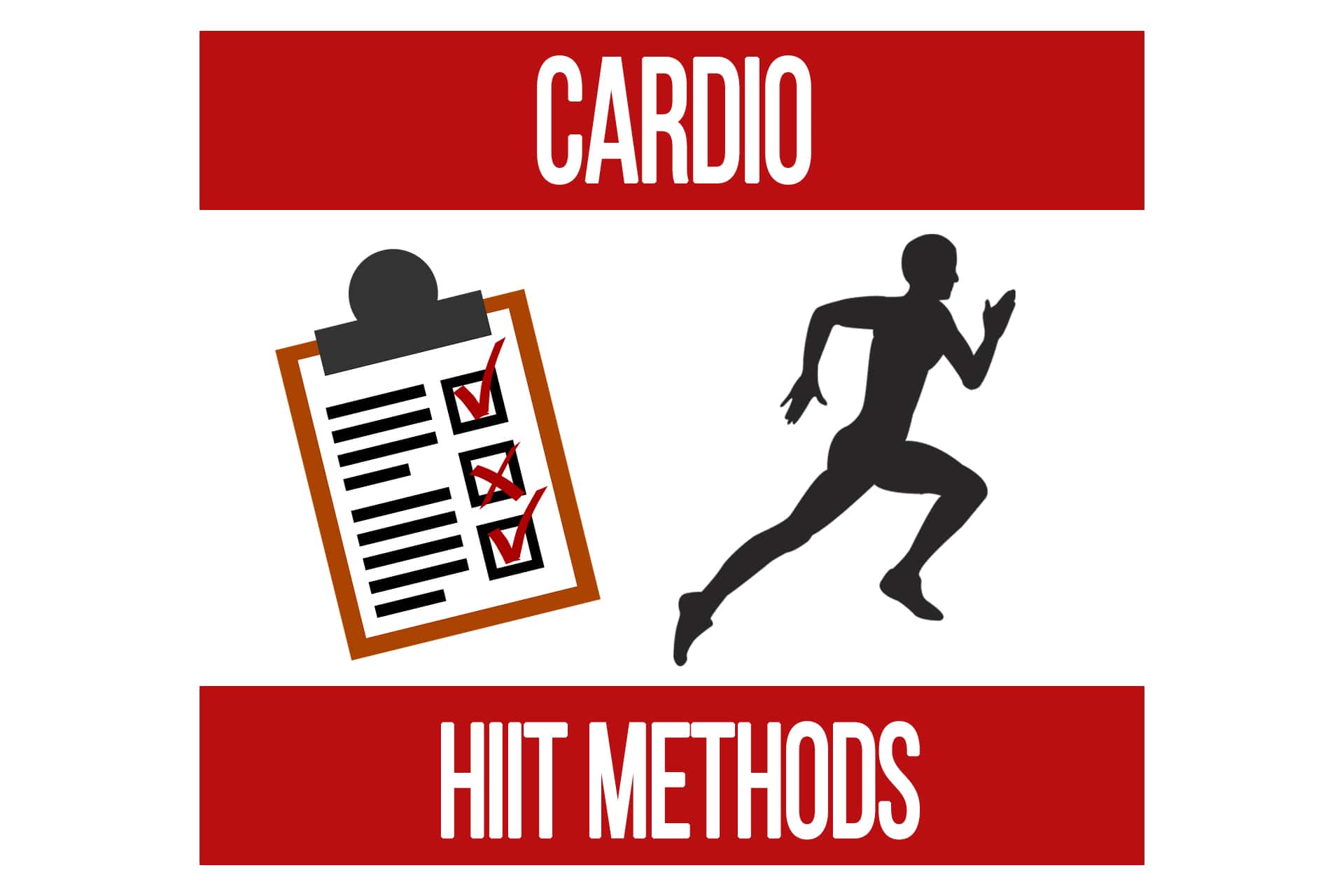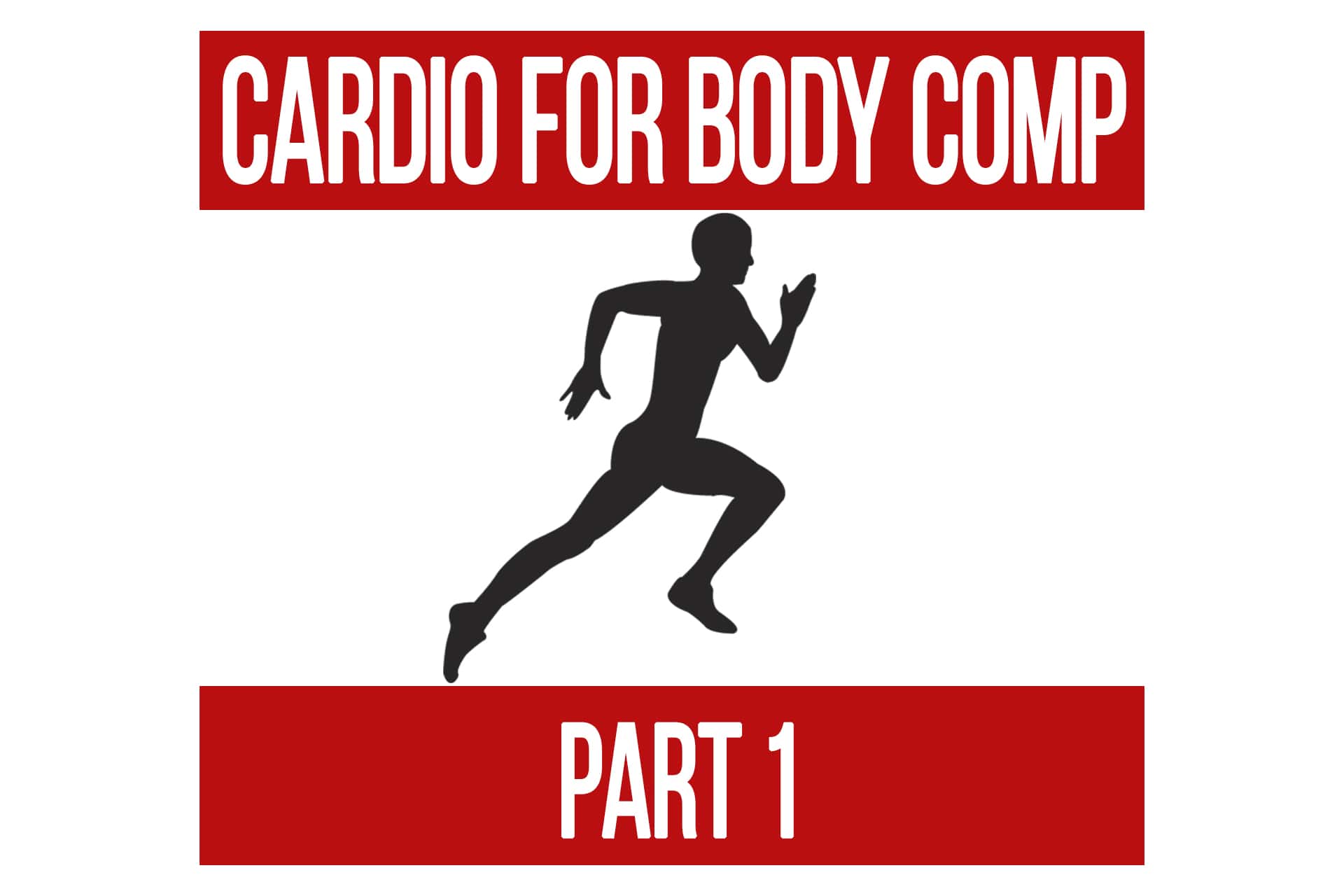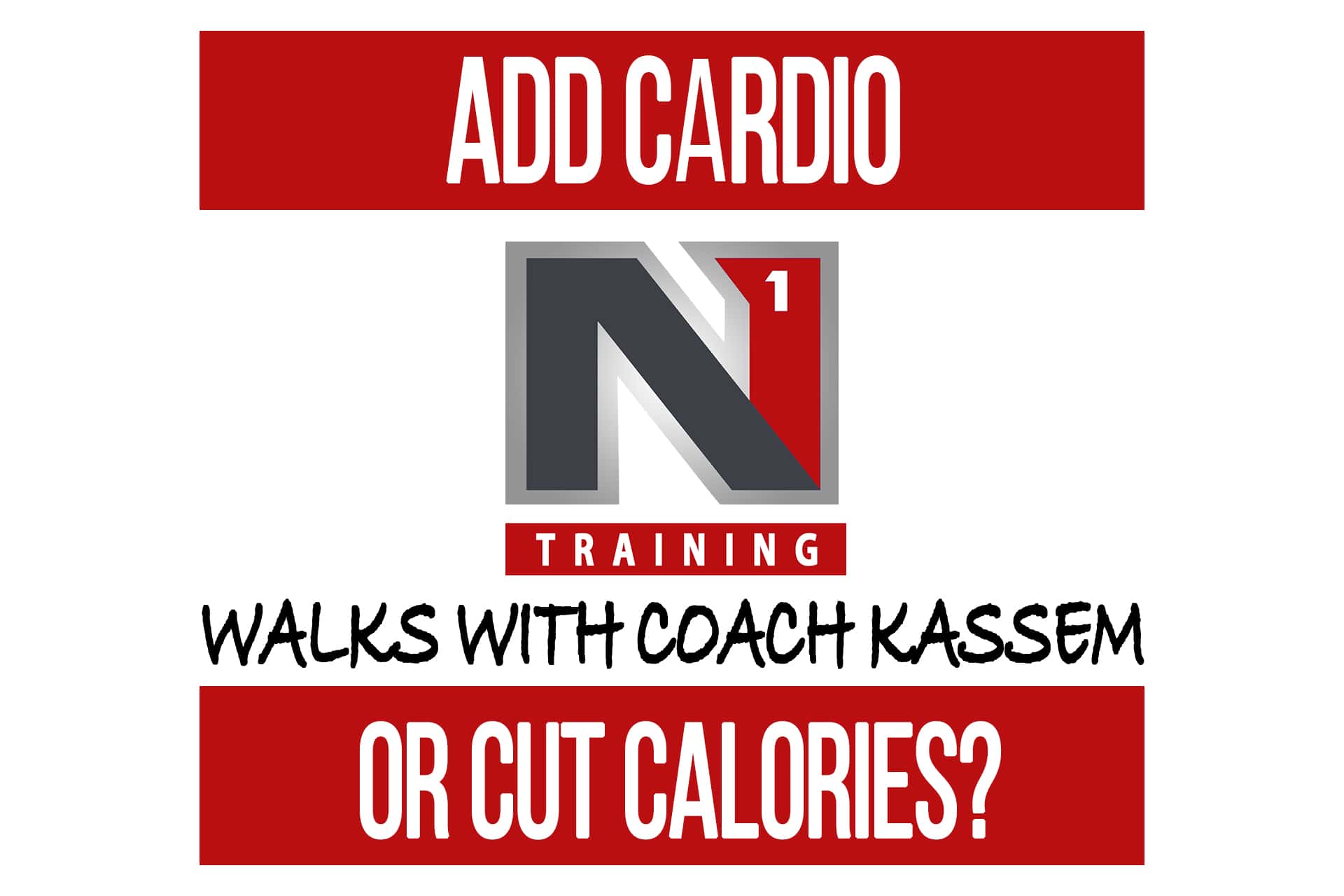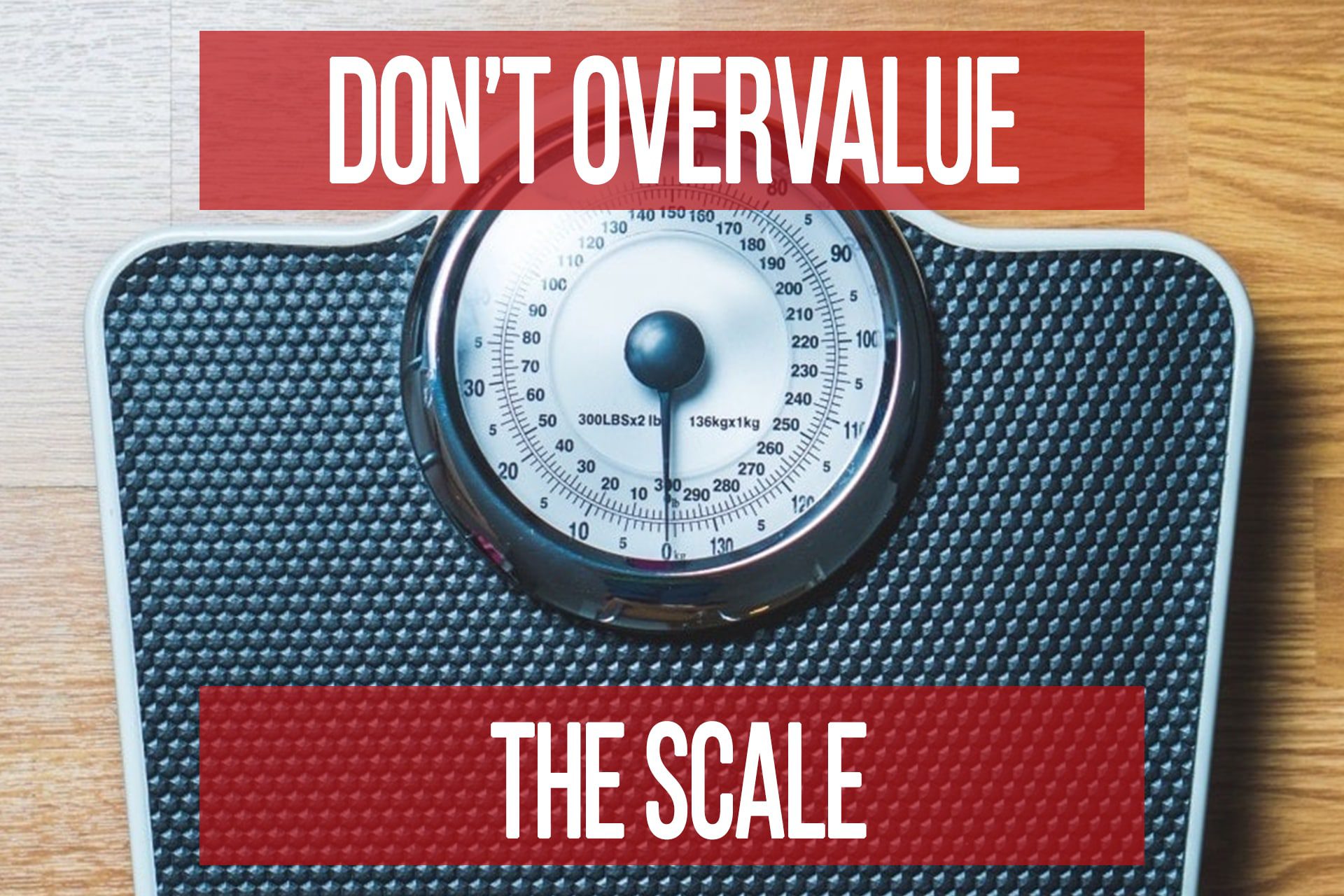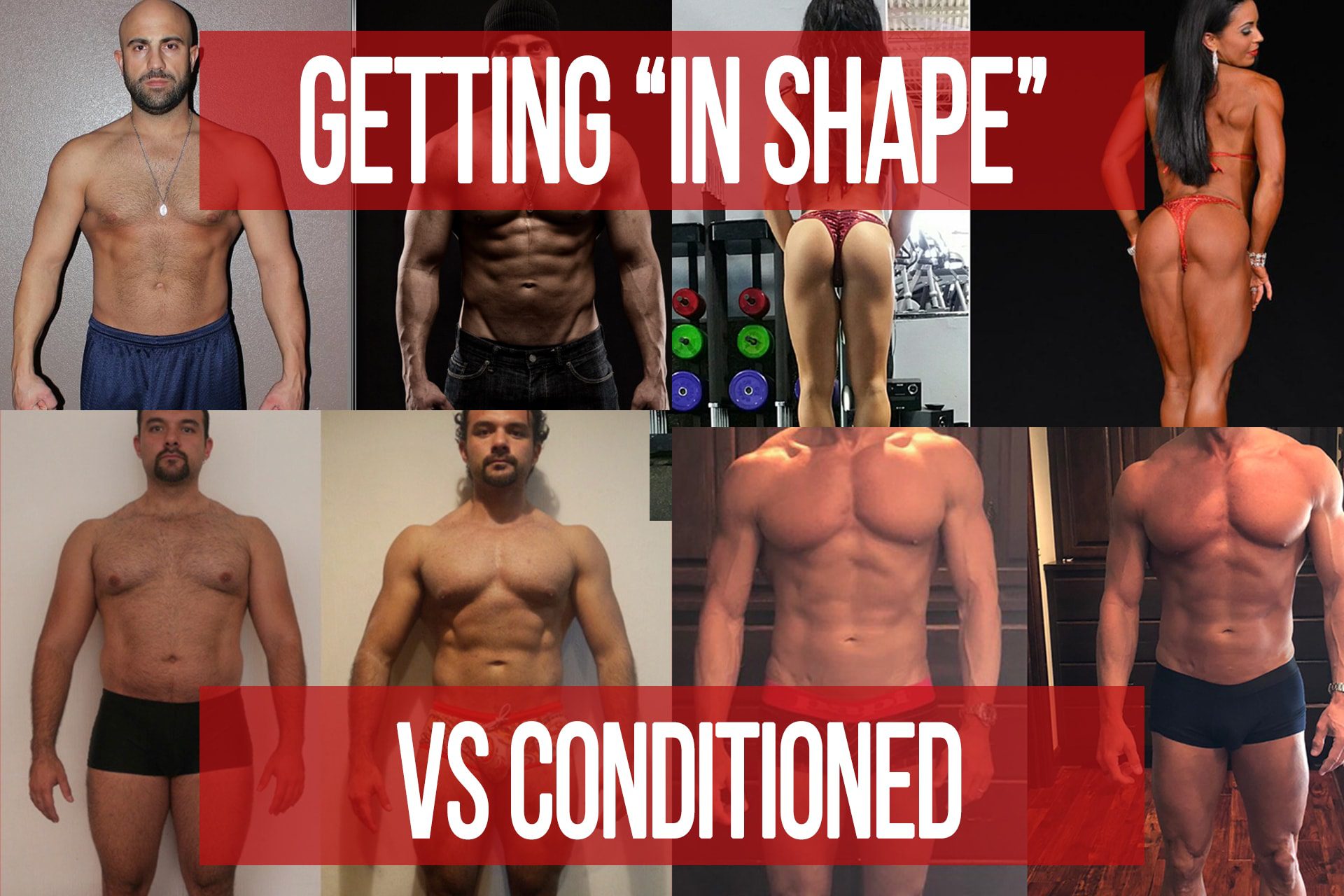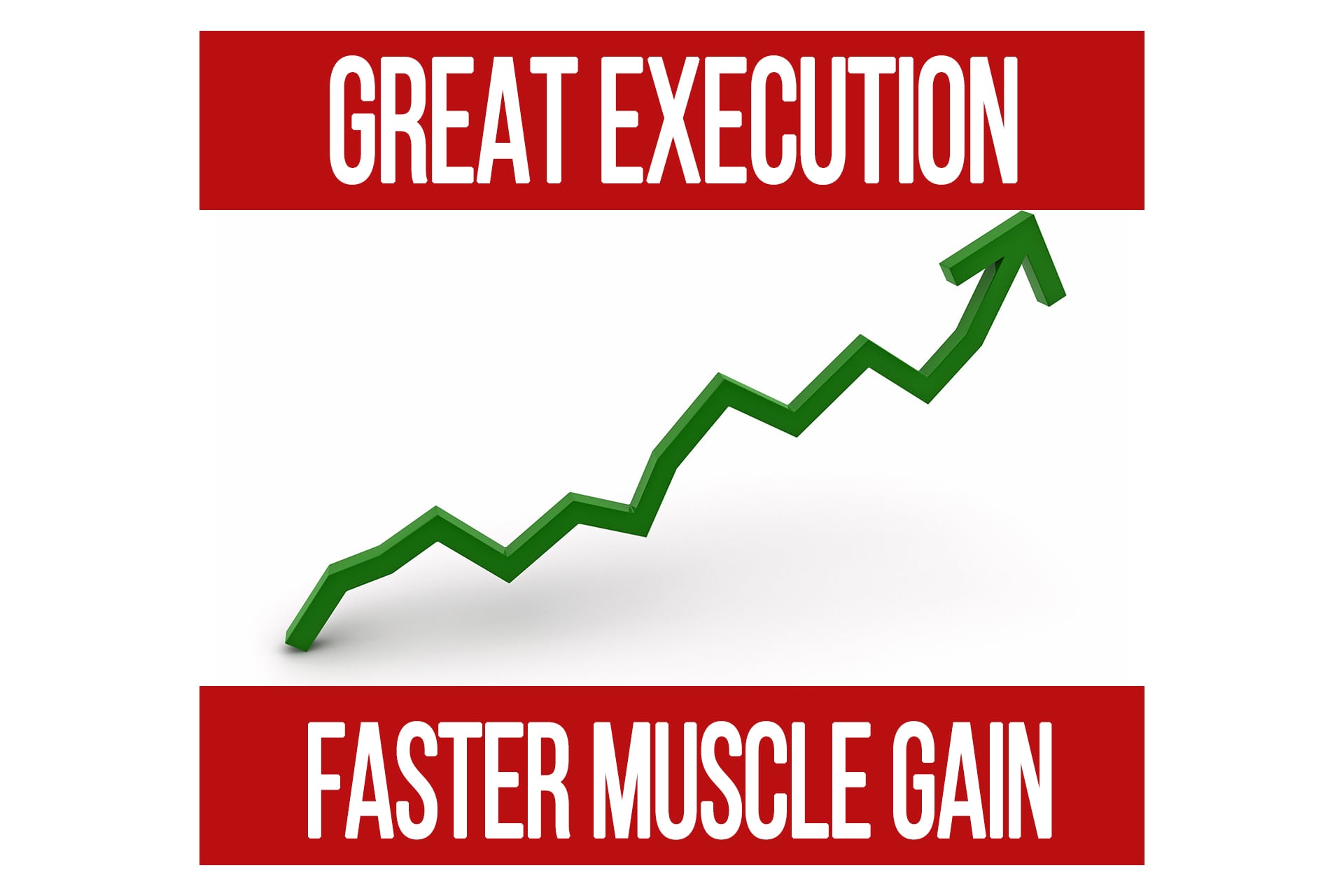Post Holiday Exercise: Why Jumping to Cardio is a NO NO
n1 training
Post holiday exercise seems like the go-to for so many people, but in reality it isn’t as helpful as they’d like to think.
So it’s the day after the splurge, and you’re ready to make amends. After passing out with a distended belly and waking up to find that the bloating did not pass overnight, guilt begins to set in. It was only at 2pm this past Thanksgiving when I read the first post, “Definitely hitting the treadmill hard tomorrow.” While I admire the effort of many of you trying to work off the mounds of mashed potatoes on Black Friday, I must insist that aerobic, off-termed “cardio” exercise is not the way to do it.
Heavy meals increase cortisol and insulin, and put a lot of stress on the body. When it comes to exercise, aerobic training increases stress on the body the most, while providing the least benefits to balancing insulin and cortisol. If you want to combat sweet carbohydrates, you need to bring the big bombs. Your holiday exercise plan needs to include resistance training. Resistance training is the best way to improve insulin sensitivity. So lifting heavy weights in big exercises like squats, deadlift, bench press, and chin ups are much more likely to get your body back on track than hitting the treadmill or elliptical.
Better yet, plan ahead and try to get in a good weight training session during the day before you sit down to eat your weight in pie and cookies. At least that way your muscles will be more likely to take up a greater amount of that excess glucose with less of a need for elevated insulin. Plus, you’ll have more room to store glucose in your muscle tissue if you burn off a bit of glycogen first.
Some of the reasons people love the aerobic training
- Aerobic training increases cortisol, so it gives you energy, but it increases cortisol too much because this is a survival response meant to keep you alive.
- Aerobic training is low intensity. When you’re tired it’s easier to do a light activity rather than lift something heavy. You get out what you put in though, so taking it easy is a waste of time.
- Aerobic training is simple and requires little thought. It doesn’t take a rocket scientist to jump on a recumbent bike, but putting together a weightlifting workout takes a few minutes of thinking. It’s what separates us from the lower species, people. Don’t be afraid to use your brain.
- People falsely believe that they need to do cardio to lose weight or lose fat. The truth is, weight lifting is not just for building muscles. It is also one of the most effective fat loss methods when done right. The problem with most people is that weight training turns into social hour with more chatting than lifting.
If you insist on doing some running as part of your holiday exercise regimen, use interval training rather than steady state jogging. Use sprint intervals with 100-300% rest. This means if you do a 1 min sprint you rest or walk 1-3 minutes before repeating. Try to keep your intervals between 30 seconds and 2 minutes. Over 2 minutes is too low of an intensity and is getting more into pure aerobic training. A complete session of intervals should take less than 20 minutes depending on your work:rest ratios. If you can go longer than that you’re sandbagging on the work intervals or resting far too long.
For more on choosing the right option for your interval training (yes, it matters) check out Cardio: HIIT Method Selection.
So it’s the day after the splurge, and you’re ready to make amends. After passing out with a distended belly and waking up to find that the bloating did not pass overnight, guilt begins to set in. It was only at 2pm this past Thanksgiving when I read the first post, “Definitely hitting the treadmill hard tomorrow.” While I admire the effort of many of you trying to work off the mounds of mashed potatoes on Black Friday, I must insist that aerobic, off-termed “cardio” exercise is not the way to do it.
Heavy meals increase cortisol and insulin, and put a lot of stress on the body. When it comes to exercise, aerobic training increases stress on the body the most, while providing the least benefits to balancing insulin and cortisol. If you want to combat sweet carbohydrates, you need to bring the big bombs. Your holiday exercise plan needs to include resistance training. Resistance training is the best way to improve insulin sensitivity. So lifting heavy weights in big exercises like squats, deadlift, bench press, and chin ups are much more likely to get your body back on track than hitting the treadmill or elliptical.
Better yet, plan ahead and try to get in a good weight training session during the day before you sit down to eat your weight in pie and cookies. At least that way your muscles will be more likely to take up a greater amount of that excess glucose with less of a need for elevated insulin. Plus, you’ll have more room to store glucose in your muscle tissue if you burn off a bit of glycogen first.
Some of the reasons people love the aerobic training
- Aerobic training increases cortisol, so it gives you energy, but it increases cortisol too much because this is a survival response meant to keep you alive.
- Aerobic training is low intensity. When you’re tired it’s easier to do a light activity rather than lift something heavy. You get out what you put in though, so taking it easy is a waste of time.
- Aerobic training is simple and requires little thought. It doesn’t take a rocket scientist to jump on a recumbent bike, but putting together a weightlifting workout takes a few minutes of thinking. It’s what separates us from the lower species, people. Don’t be afraid to use your brain.
- People falsely believe that they need to do cardio to lose weight or lose fat. The truth is, weight lifting is not just for building muscles. It is also one of the most effective fat loss methods when done right. The problem with most people is that weight training turns into social hour with more chatting than lifting.
If you insist on doing some running as a part of your holiday exercise regimen, use interval training rather than steady state jogging. Use sprint intervals with 100-300% rest. This means if you do a 1 min sprint you rest or walk 1-3 minutes before repeating. Try to keep your intervals between 30 seconds and 2 minutes. Over 2 minutes is too low of an intensity and is getting more into pure aerobic training. A complete session of intervals should take less than 20 minutes depending on your work:rest ratios. If you can go longer than that you’re sandbagging on the work intervals or resting far too long.
For more on choosing the right option for your interval training (yes, it matters) check out Cardio: HIIT Method Selection.
Getting “In Shape” vs Conditioned
articleBody Composition Conditioning Definition Supplementation TrainingHow Great Execution Makes It Easier to Gain Muscle
articleBody Composition Execution and Technique Foundation FREE Training
Popular Pages
Learn & Train With Us
Add N1 Training to your Homescreen!

Please log in to access the menu.
